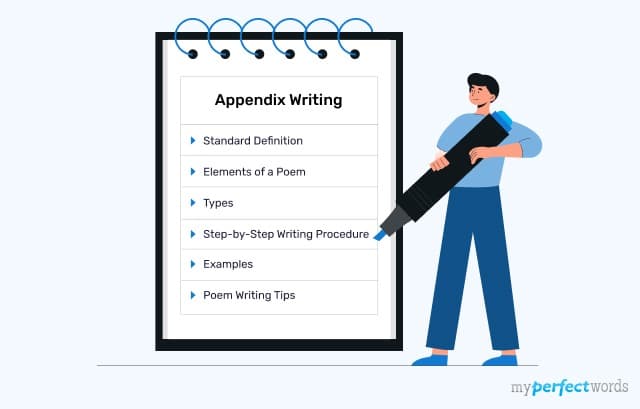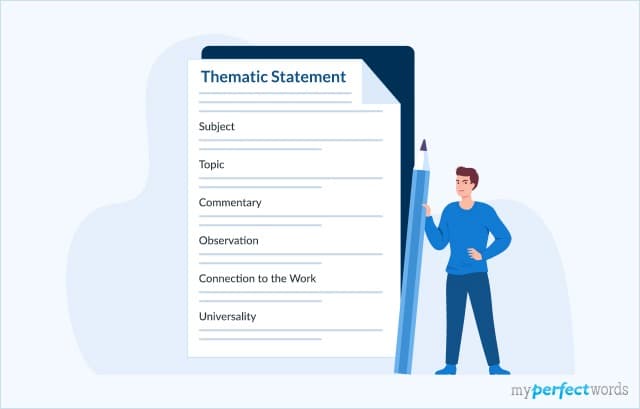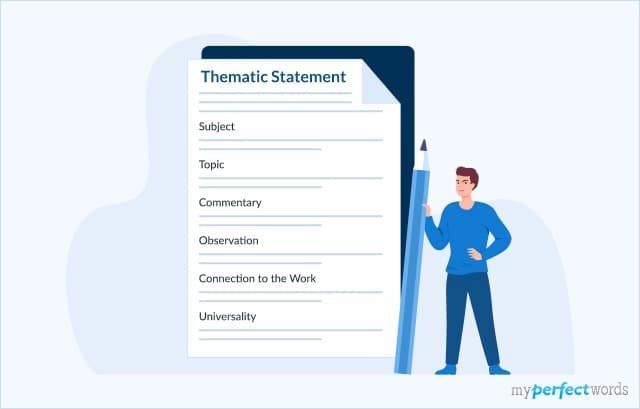Stories often have more to them than meets the eye, and that's where thematic statements come in.
Simply put, they help unlock the deeper meanings of a story. As a student studying literature, understanding thematic statements is like finding the key to the hidden messages in your favorite books.
In this blog, we’ll explore what thematic statements are and how to write them, with examples. Ready to uncover the magic behind storytelling?
Let’s dive in!
On This Page![]()
- 1. What is a Thematic Statement?
- 2. Parts of a Thematic Statement
- 3. How to Write a Thematic Statement?
- 4. Thematic Statement Examples
- 5. Thematic Statement Writing Dos and Don’ts
What is a Thematic Statement?
A thematic statement is a sentence (or two) that expresses the main idea of the writing. It is the central message of a literary work.
According to the thematic statement definition:
“It is a central message of a literary work that the author wants to convey about the subject.”
Purpose of Thematic Statement
Let’s take a look at what purpose a thematic statement serves:
- Conveys the Whole Idea: It encapsulates the essence of a literary work, providing a comprehensive overview of its core idea.
- Aids Interpretation: These statements assist readers in interpreting the main message of the work, offering insights into the underlying themes.
- Summarizes Concisely: It aims to deliver a simple and clear interpretation of the topic in one or two sentences.
Parts of a Thematic Statement
A thematic statement typically consists of three key parts:
- Theme: This is the central idea or concept that the statement focuses on. It can be related to love, power, revenge, etc., depending on the literary work. The theme should be expressed in a concise way.
- Context: This part ties the theme to the specific literary work or the context within which the theme is explored. It helps to make the statement relevant and focused.
- Insight or Message: This is the takeaway or the deeper meaning derived from the theme. It provides an understanding of what the author is trying to communicate about the human experience, society, or life in general.
Thematic Statement Template
The following thematic statement template will help you write a good theme statement for your paper.
How to Write a Thematic Statement?
While there are no strict rules for writing a thematic statement, following these 7 steps can make the process easier and help create a strong theme statement.
Example Thematic Statement Format:
Here is a thematic statement formula that you can use while crafting one:
Main Idea + Topic Phrase = Thematic Statement "The [theme] in [literary work] reveals [insight about human nature/society/experience]." |
Step 1. Create a List of Theme Topics
Brainstorm some theme topic ideas and make a list of them. Check which idea can support your argument with evidence from the literature or examples. Choose the one that the literary text can best demonstrate.
For example,
Step 2. Conduct Thorough Research
Research your chosen theme to collect relevant material and see what others have written about it. Read the available literature work thoroughly to analyze what could be the central message of your work. Carefully examine the plots, characters, writing styles, and different human perspectives. It will help you develop an original interpretation.
For example,
Step 3. Pick out Thematic Statements of Other Writers
While reading the literature work, pick out the statements of other authors. Analyze what others think about your chosen subject/topic and how they have conveyed their thoughts.
For example,
Step 4. Identify Conflict Areas
Every theme or topic has a conflict of ideas that is necessary to understand the central theme completely. Identifying the conflict area will help you analyze the central concept for your work. It will also guide you to determine the motives and values to understand the nature of the conflict.
For example,
Step 5. Focus on the Crux
The purpose of the statement is to present the complete message of the work in one sentence. Therefore, it is important to focus on the crux or core instead of talking about what or how.
For example,
Craft a statement that captures the core message, such as:
Step 6. Avoid Directive and Moral Edict
A theme statement aims to assess and reflect upon actions and ideas rather than prescribe or dictate how individuals should behave. It is crucial to steer clear of making moral judgments or giving directives.
So, it is advisable to avoid using words such as ought, should, must, or any similar terms that imply imposition. Instead, focus on presenting observations and considerations without implying a set course of action.
For example,
Step 7. Avoid Cliches
Cliches have already been used several times, and they do not sound unique anymore. So, it's better to come up with an original statement for your work.
For example,
Thematic Statement Examples
The following thematic statement examples will help you understand what a good statement looks like.
Thematic Statements for The Hunger Games
Thematic Statements for Harry Potter
Thematic Statements for The Fault in Our Stars
Thematic Statements for Black Panther
Thematic Statement Examples for Love
Thematic Statement Examples for Death
Thematic Statement Examples of Identity
Thematic Statement Examples for Fear
Thematic Statement for Racism
Thematic Statement About Friendship
Thematic Statement Examples For Identity
Thematic Statement Examples in Literature
Thematic Statement for the Cask of Amontillado
Thematic Statement Vs Theme
Let’s explore what is the actual difference between a theme and a thematic statement:
Aspect | Theme | Thematic Statement |
Definition | Central idea or message explored in a work of literature or art. | Concise statement expressing the core theme or message of a specific work. |
Nature | Broad, abstract concept. | Specific, focused, and interpretative. |
Scope | Applies across various works and genres. | Tailored to a particular literary work or piece of art. |
Example (for "1984") | Totalitarianism, Surveillance, Individual vs. Society. | "In '1984,' Orwell warns of the dehumanizing effects of totalitarian control on individual autonomy." |
Thematic Statement Versus Topic
The table below summarizes key differences between thematic statements and topics:
Aspect | Thematic Statement | Topic |
Definition | Captures the central message or insight of a work. | Describes the general subject or area |
Specificity | Concisely conveys the essence in one or two sentences. | Offers a broader focus for exploration. |
Example (for "1984") | "Totalitarianism dehumanizes individuals in '1984'." | "Totalitarianism in '1984'." |
Focus | Targets the core meaning, avoiding surface details. | Addresses the subject without delving into deeper interpretations. |
Thematic Statement Versus Thesis Statement
Understanding the difference between a thematic statement and a thesis statement is important to avoid any confusion. Here’s a comparison to clarify their roles:
Aspect | Thematic Statement | Thesis Statement |
Definition | Central message or theme of a work. | Main argument or claim of an essay or research paper. |
Purpose | To express the underlying message or theme. | To present the main argument or point of the essay. |
Focus | Focuses on universal themes or ideas. | Focuses on a specific argument or analysis in the essay. |
Context | Commonly used in literary analysis or art interpretation. | Commonly used in essays, research papers, or arguments. |
Example | "Revenge can destroy a person’s humanity." | "In The Cask of Amontillado, Poe explores how revenge leads to self-destruction." |
Thematic Statement Versus Thesis Statement
Understanding the difference between a thematic statement and a thesis statement is important to avoid any confusion. Here’s a comparison to clarify their roles:
Aspect | Thematic Statement | Thesis Statement |
Definition | Central message or theme of a work. | Main argument or claim of an essay or research paper. |
Purpose | To express the underlying message or theme. | To present the main argument or point of the essay. |
Focus | Focuses on universal themes or ideas. | Focuses on a specific argument or analysis in the essay. |
Context | Commonly used in literary analysis or art interpretation. | Commonly used in essays, research papers, or arguments. |
Example | "Revenge can destroy a person’s humanity." | "In The Cask of Amontillado, Poe explores how revenge leads to self-destruction." |
Thematic Statement Writing Dos and Don’ts
Here are some do’s and don’ts that will help you create an impactful thematic statement:
Dos
- Be Clear and Concise: Express the central theme with precision and simplicity.
- Explore Depth: Uncover underlying emotions or ideas to add layers of meaning.
- Make It Universal: Create a statement that resonates broadly and relates to universal experiences.
- Maintain Consistency: Use a consistent tone and language throughout the statement.
- Engage with Examples: Use vivid language or examples to illustrate the theme effectively.
Don’ts
- Avoid Vagueness: Don’t use ambiguous language; be explicit to prevent confusion.
- Don’t Overcomplicate: Keep the statement straightforward to preserve its impact.
- Don’t Lose Focus: Stick to the central theme and avoid introducing unrelated concepts.
- Don’t Overgeneralize: Be specific; avoid broad and shallow statements.
- Don’t Ignore Tone: Ensure your tone aligns with the theme to avoid creating a disconnect.
To Wrap it Up!
In this blog, we talked about how to create powerful thematic statements for stories. We covered the important parts and why it's crucial to keep things clear.
Now, we hope you feel more confident in understanding and expressing the deeper messages in the stories you read. If you get stuck, we are here to 'do my essays' on your behalf.
Whether you need just a thematic statement or a complete paper, we have got it all covered. So contact us today!
Frequently Asked Questions
What is a thematic topic?
A thematic topic is a broad, unifying subject that encompasses related themes or concepts in a particular context, such as literature. It provides a framework for exploring underlying messages or issues. For example, in literature, a thematic topic could be "power," serving as a lens to analyze how power dynamics are portrayed in different works.
How do I identify the central theme of a literary work?
Identify a literary work's central theme by recognizing recurring ideas, motifs, or messages, and noting key symbols or character developments that convey the overarching concept. It's the narrative's underlying message that unifies the story.
How long is a thematic statement?
A thematic statement is typically one to two sentences long. It should be concise while effectively expressing the central theme or message of a literary work.
What is the thematic statement of Romeo and Juliet?
Here are a few examples of thematic statements for Romeo and Juliet:
- The play explores how love and hate are interconnected, often leading to destructive consequences.
- In Romeo and Juliet, impulsive decisions driven by intense emotions lead to tragedy and death.
- The theme of fate plays a crucial role in the tragic downfall of Romeo and Juliet, highlighting the inevitability of their doomed love.

Write Essay Within 60 Seconds!
Use our AI tool to generate high quality essay-18976.png&w=256&q=75&dpl=dpl_4f4VU87XynDmuWZvXA7fJDuQ5GRt)
WRITTEN BY
Amanda M.
Columbia journalism grad writing speeches. I craft clear, quotable messages for media moments.
Keep reading
Learn How to Write an Editorial on Any Topic

Best Tips on How to Avoid Plagiarism

How to Write a Movie Review - Guide & Examples

A Complete Guide on How to Write a Summary for Students

Write Opinion Essay Like a Pro: A Detailed Guide
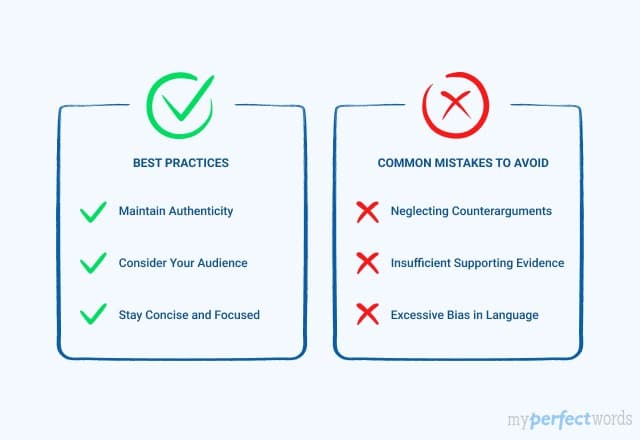
Evaluation Essay - Definition, Examples, and Writing Tips

How to Write a Bio - Quick Tips, Structure & Examples
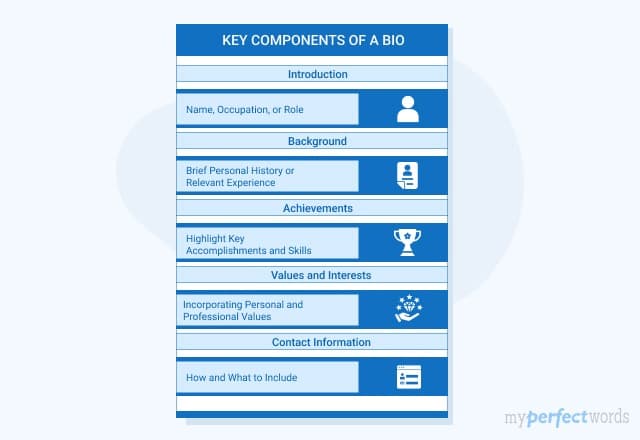
How to Write a Synopsis – A Simple Format & Guide
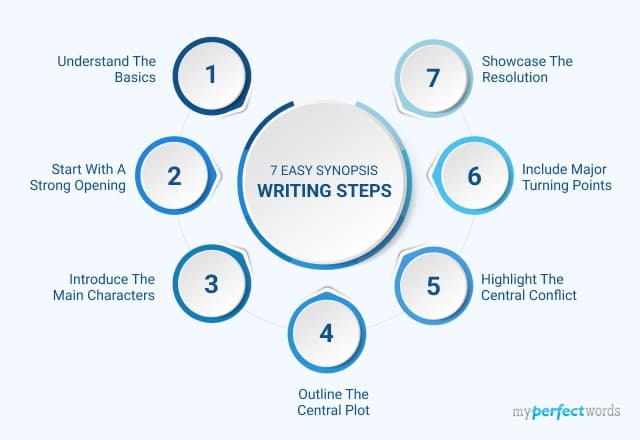
How to Write a Comparative Essay – A Complete Guide
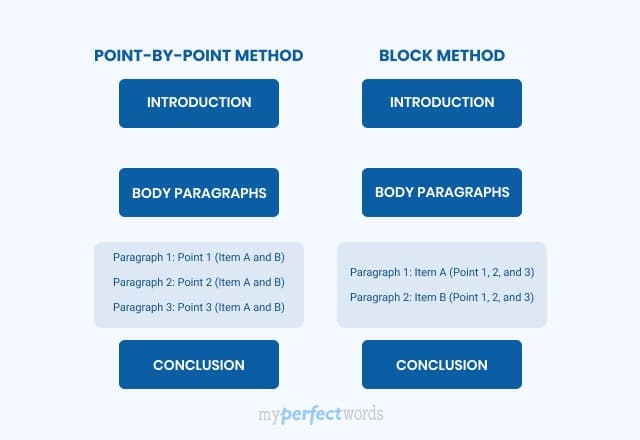
Visual Analysis Essay - A Writing Guide with Format & Sample
-10652.jpg&w=828&q=75&dpl=dpl_4f4VU87XynDmuWZvXA7fJDuQ5GRt)
List of Common Social Issues Around the World

Writing Character Analysis - Outline, Steps, and Examples

11 Common Types of Plagiarism Explained Through Examples
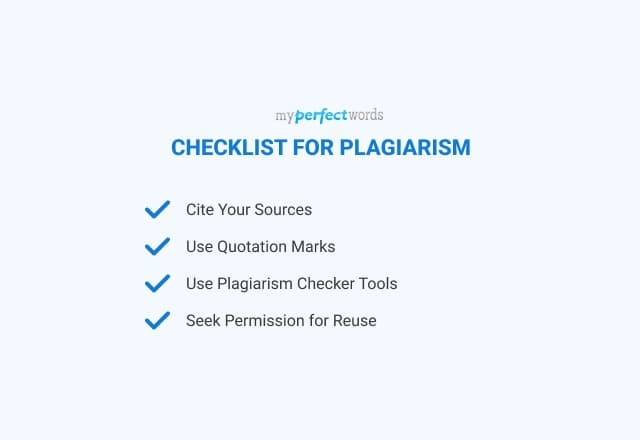
Article Review Writing: A Complete Step-by-Step Guide with Examples
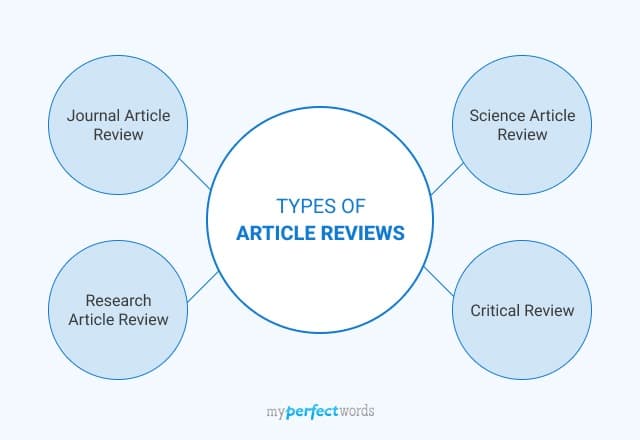
A Detailed Guide on How to Write a Poem Step by Step

Detailed Guide on Appendix Writing: With Tips and Examples
